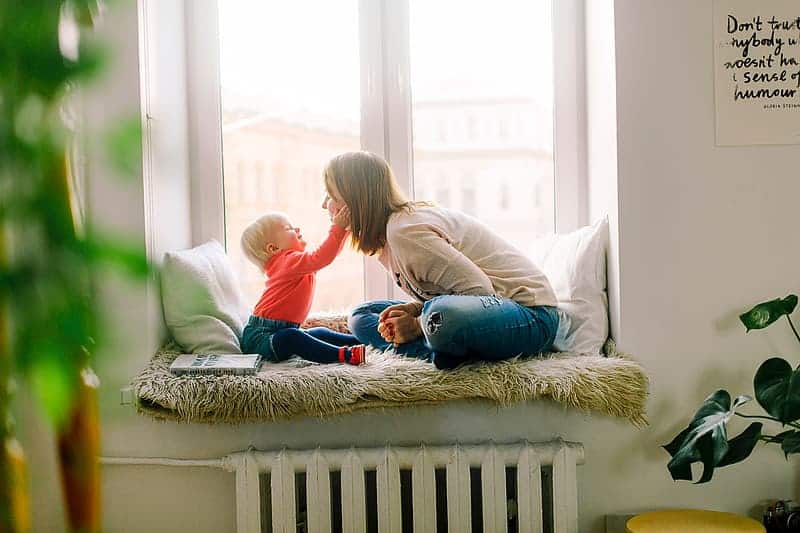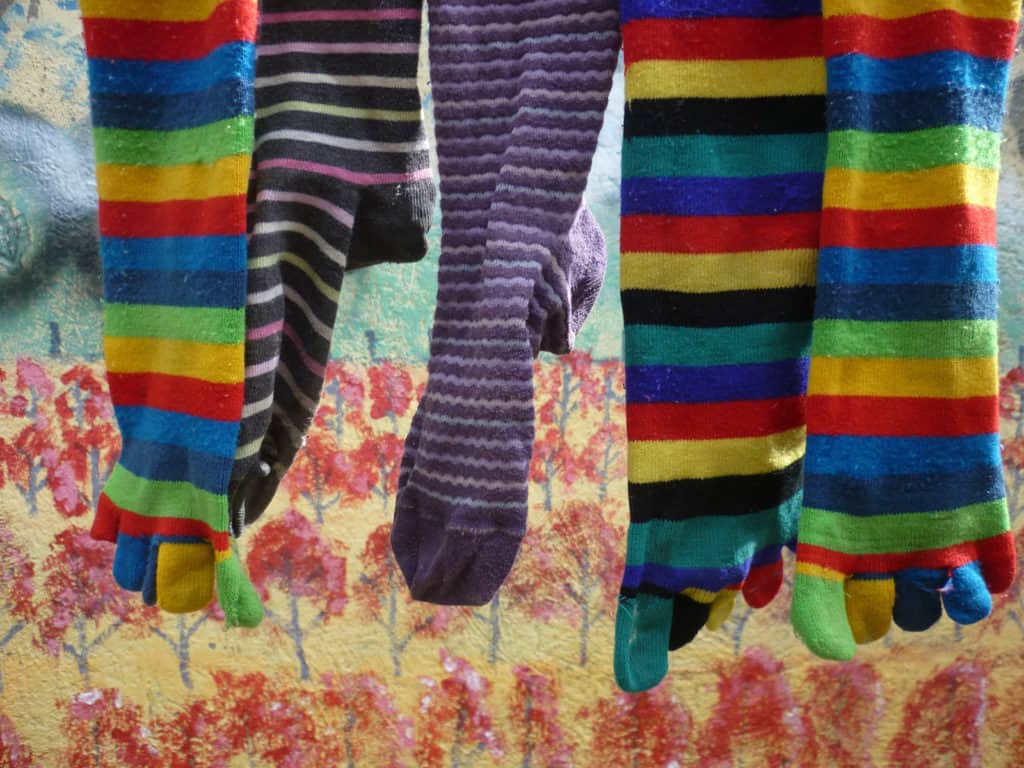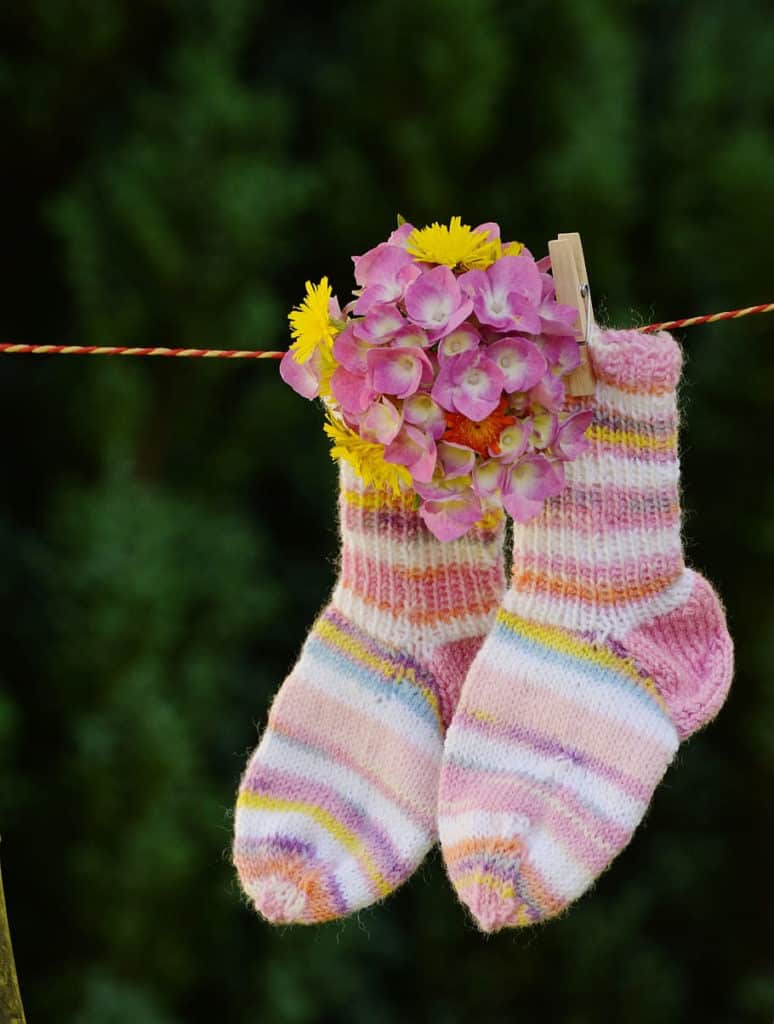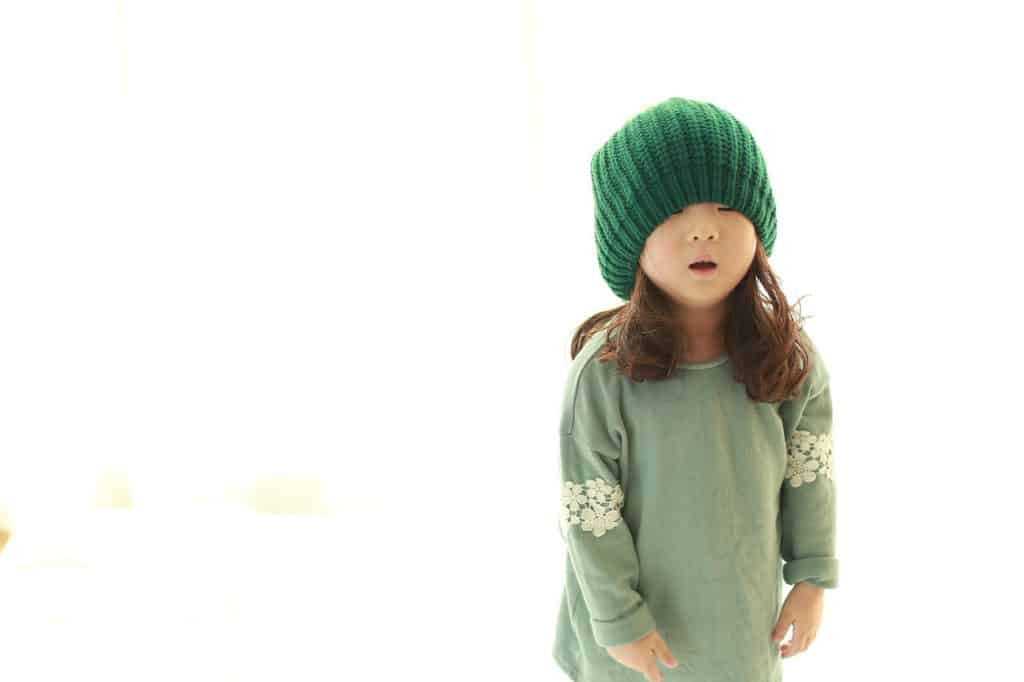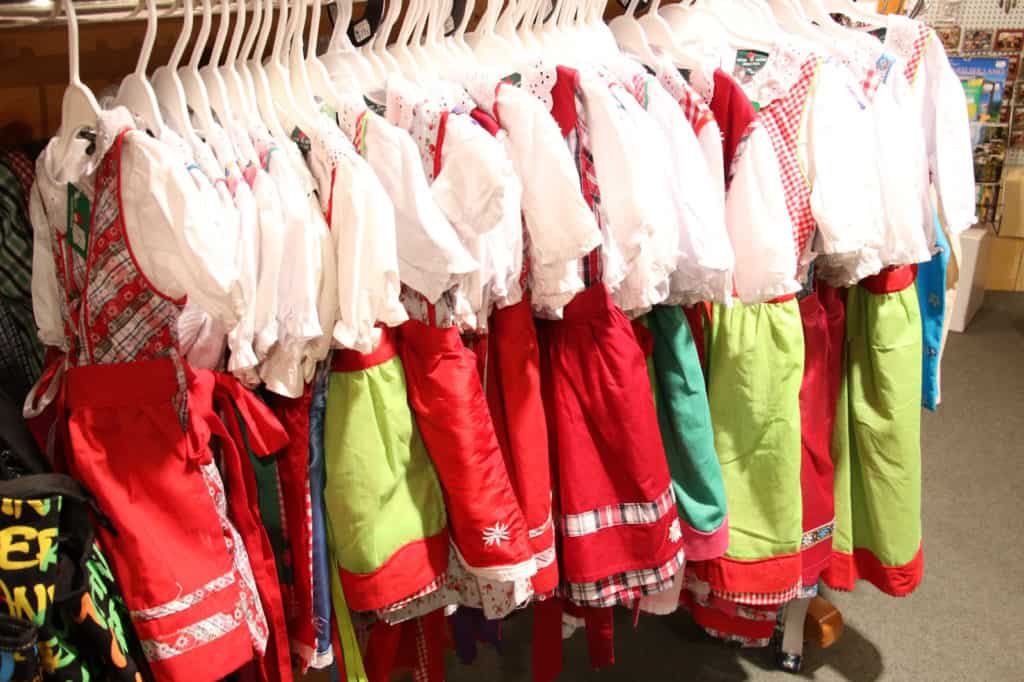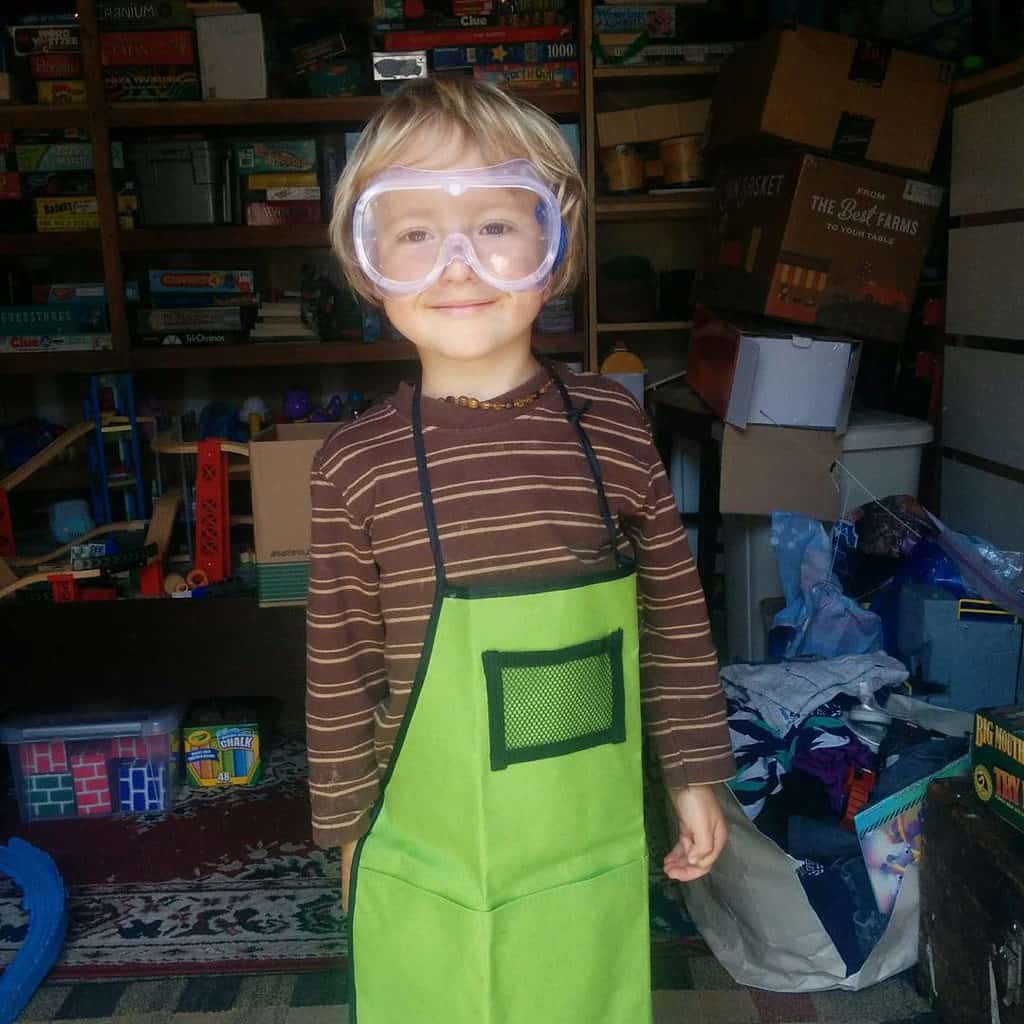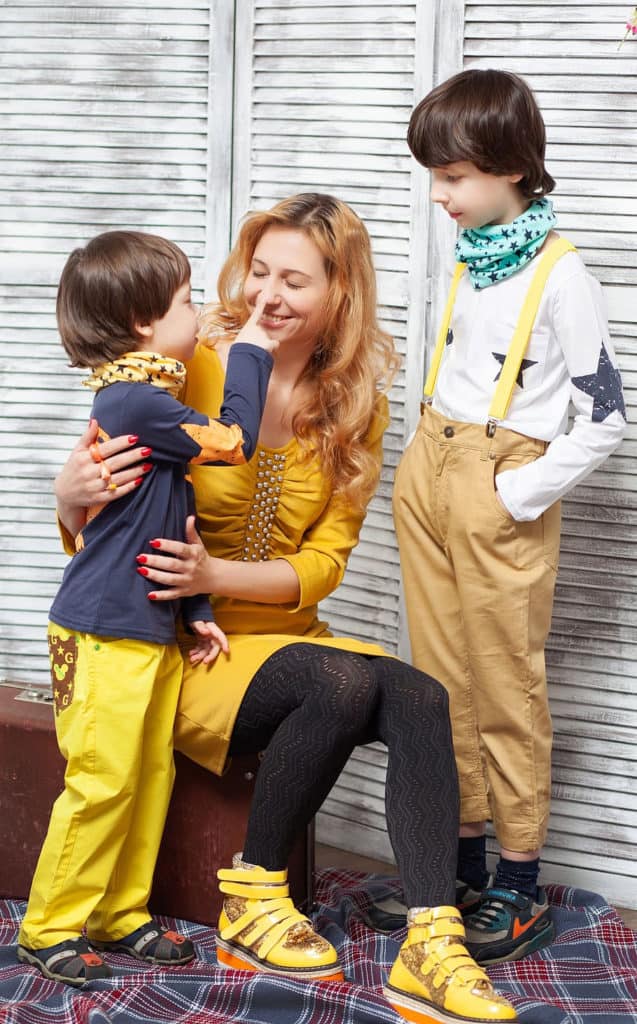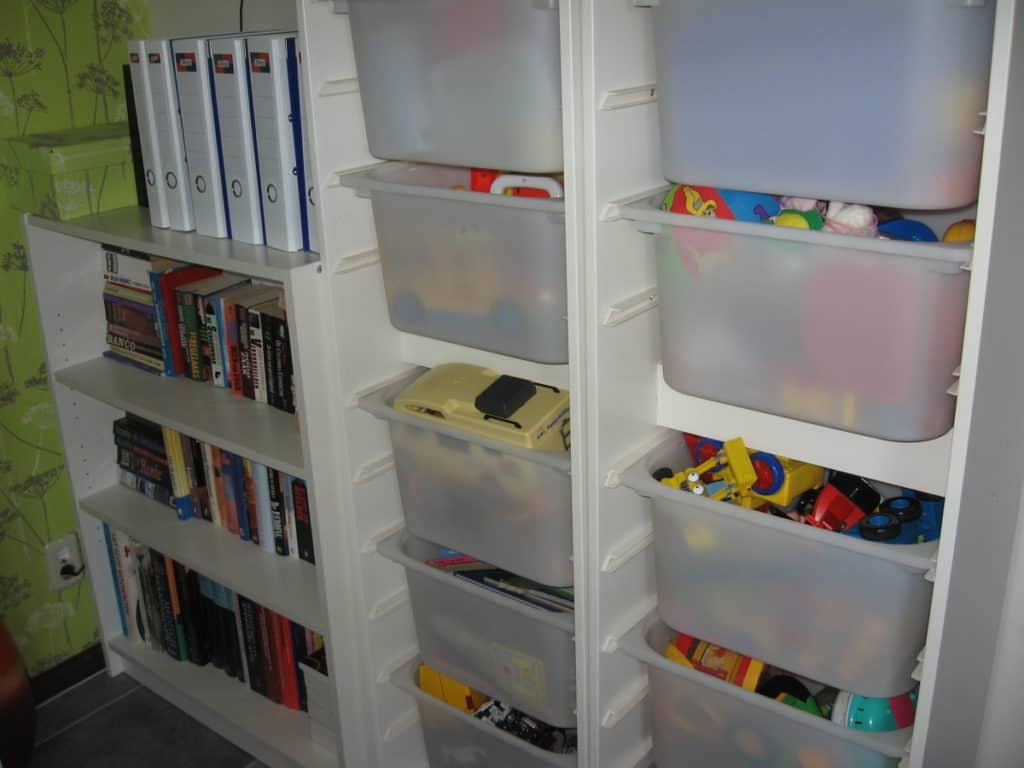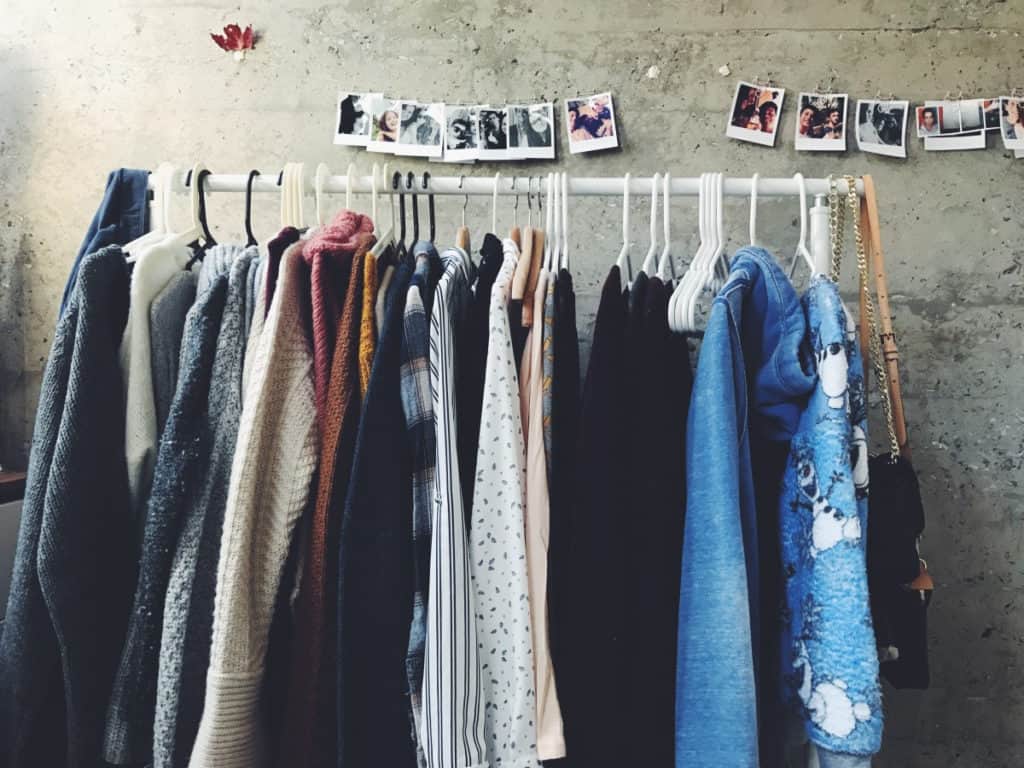Your child is growing… and outgrowing many things. It doesn’t take much time at all for outgrown clothes, shoes, and toys to start to overwhelm your child’s closet and take space away from what he or she needs. Keeping your child’s wardrobe clean and organized takes some discipline and work, but in the end, they will pay off. You and your child will save time every day, especially in the mornings, when you do not have to rummage through outgrown clothes and old toys in order to find what you need for the day.
Keep in mind that cleaning out a child’s closet and cleaning out your own closet are two different things. Deciding what you want out of cleaning and organizing your child’s wardrobe will probably be different than what you want from making your own closet more accessible; while you may no longer be growing, your child needs room for new things that are appropriate for his or her current age and stage of development. Keep reading to find out more about what you need to know to successfully clean and organize your child’s closet.


